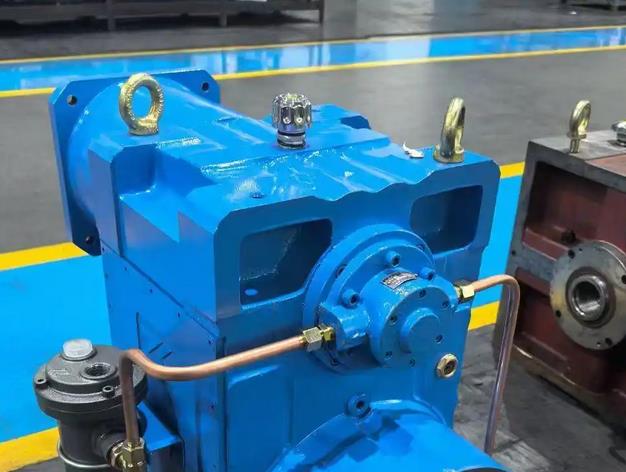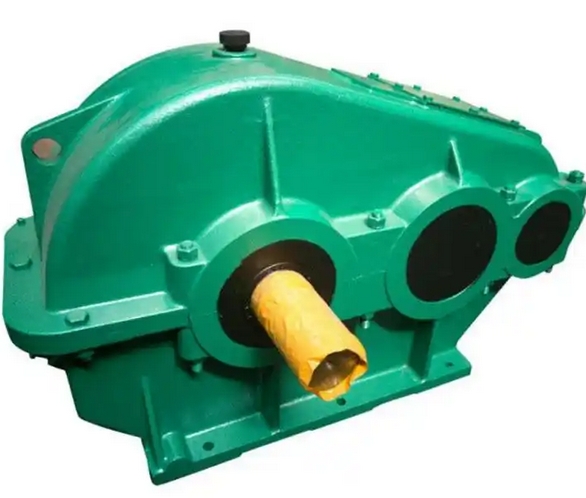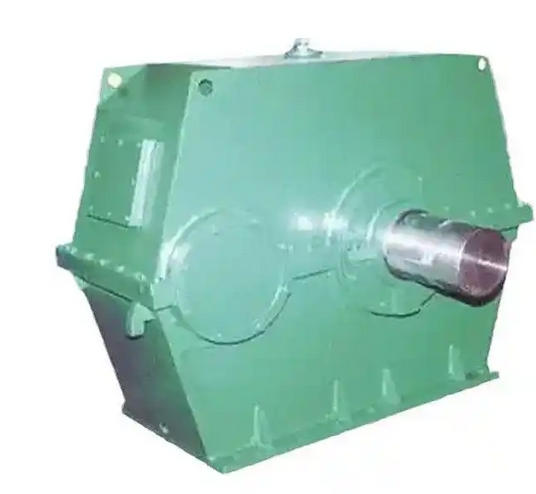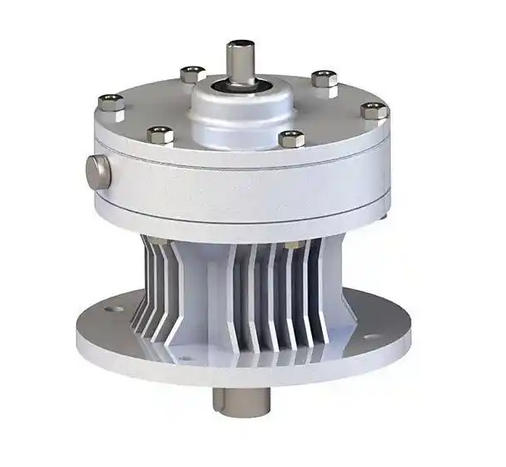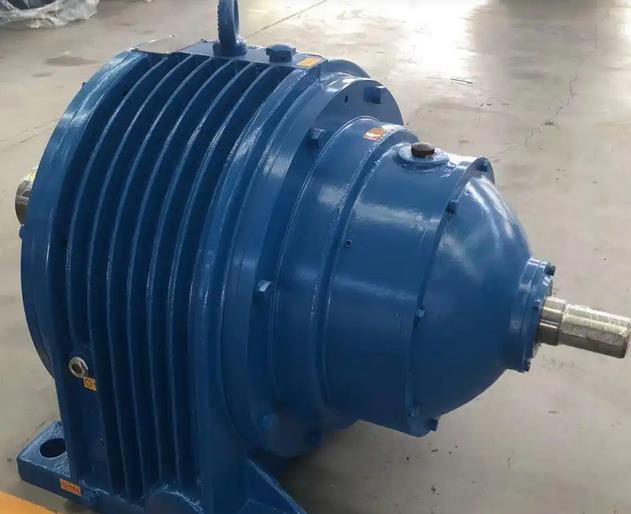Which material of output shaft can improve the efficiency of BWE31-1003-0.75KW cycloidal reducer
To improve the efficiency of BWE31-1003-0.75KW cycloidal pinwheel reducer, the selection of output shaft material should comprehensively consider strength, wear resistance, and processing technology. The following are optimization suggestions:1. High precision and low friction material (recommended)
20CrMnTi carburizing steel: After carburizing and quenching, the surface hardness reaches HRC58~62, and the core maintains toughness (≤ HRC30), which can reduce the friction loss between the shaft and the bearing and improve the transmission efficiency by about 3%~5%.
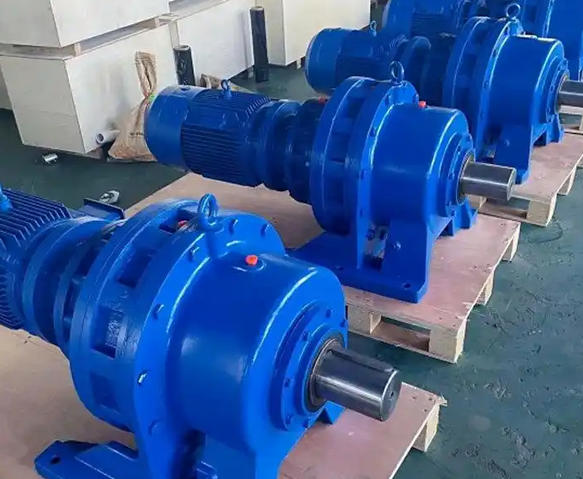
38CrMoAl nitriding steel: After nitriding treatment, a high hardness compound layer (HV ≥ 900) is formed on the surface, with a friction coefficient as low as 0.1~0.15, suitable for high-speed (>1500rpm) working conditions.
2. Balance between lightweight and strength
40Cr alloy steel: After quenching and tempering treatment, the tensile strength is ≥ 785MPa, and the density is 5% lower than that of 45 steel. It can reduce the moment of inertia and is suitable for frequent start stop scenarios.
3. Special process optimization
Surface chrome plating or DLC coating: The chrome plating layer (thickness 0.02~0.05mm) can reduce the friction coefficient by 30%, and the DLC coating (diamond-like carbon) has self-lubricating properties and is suitable for oil-free lubrication environments.
4. Avoid inefficient materials
Ordinary 45 steel: When untreated, its hardness is only HB200~250, which is prone to wear and tear, leading to an increase in backlash and a 5%~8% decrease in long-term efficiency.
Selection suggestion: Prioritize the use of 20CrMnTi carburizing steel and surface chrome plating process to balance strength and low friction characteristics, which can improve efficiency and extend maintenance cycles.

